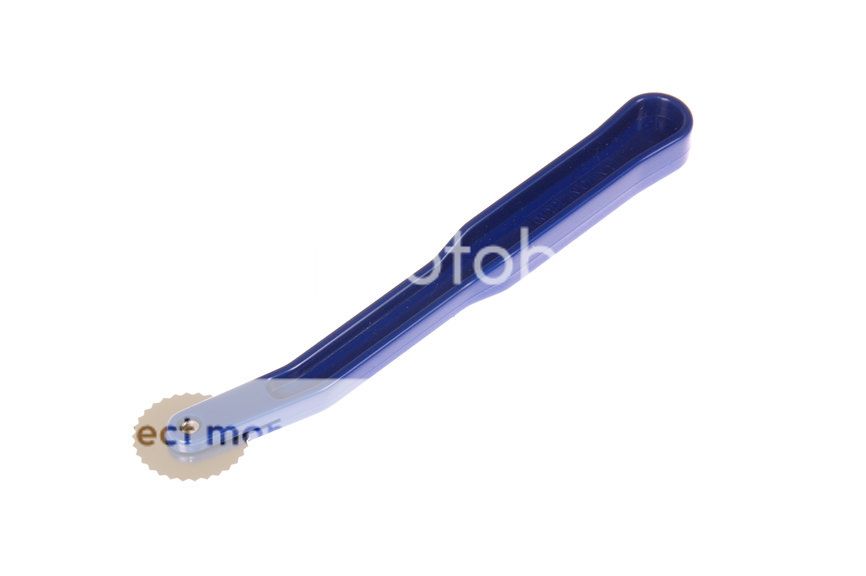THANK YOU everyone for your replies. Each method has it's advantages and merits, as well as limitations.
Because I am impatient and figured it couldn't hurt much to try my push pin and connect-the-dots method, I went with it while waiting for replies. All I would need to do if it failed would be to get a couple new boards and print the plans again.
So, here is what happened.
After assembling the printed "tiles", (I have a lot of experience with doing this as I also make custom high performance stunt kites and the process is fairly common.) I simply attached the large sheet on top of a piece of foam board along one edge with 1" wide Blue Painters Tape that had been "de-stickified". (To de-stickify a piece of tape, just stick it to your shirt prior to applying it to the paper. This coates the adhesive with just enough lint to allow it to hold well, but be removed without shredding the paper it was attached to.) This held the plans in place while transferring the marks without allowing the plans to slide around.
I then used a very small wire, approx. .5mm diameter (A trimmed off lead from an LED on another project.) and held it with a set of curved forceps allowing about 2mm to stick out. I then proceeded to punch holes through the plans and into the board at every line end and corner.
Once complete, I just removed the plans from the board and traced out the pattern(s) onto the board. The real advantage I found with this method was it allowed me to very accurately position the marking pens into the starting holes, position the straight edge against the pen, and then align the straight edge to the rest of the line. When actually drawing the line, the holes gave very accurate tactile feedback as to when to stop drawing the line.
I also found that the same tactile feedback and positioning of the straight edge were possible with the hobby knife. The holes really helped, and were in no way damaging of the final product!
Again, thanks to everyone for their input. I'm certain I will be using some of these approaches in the near future.

